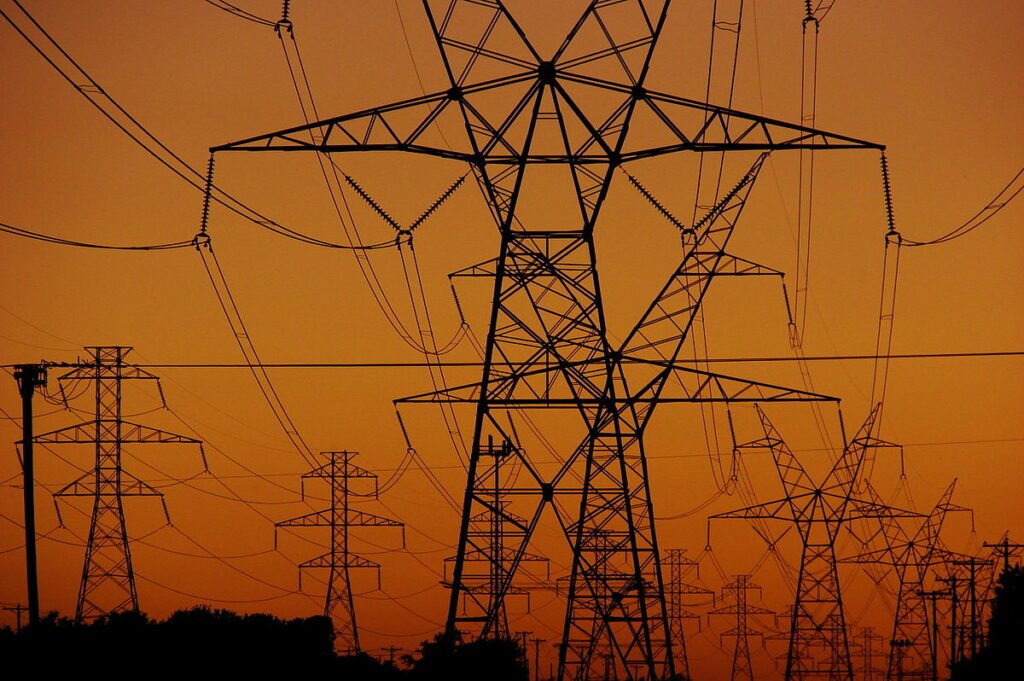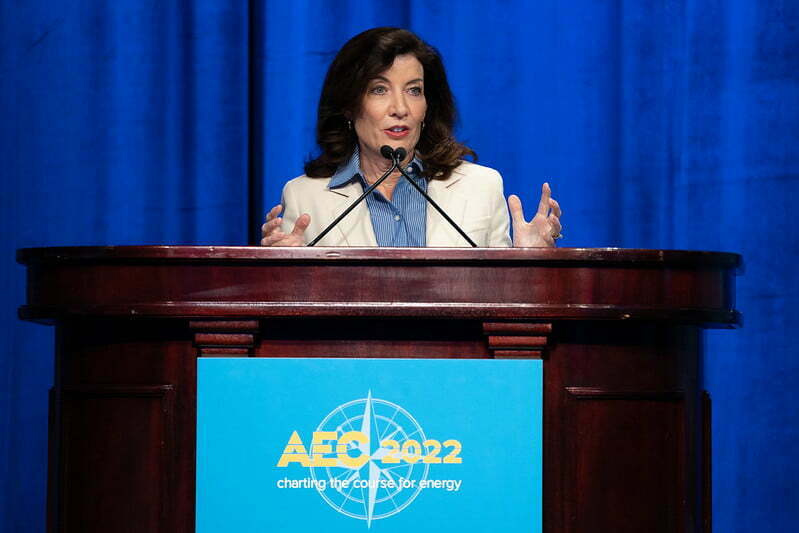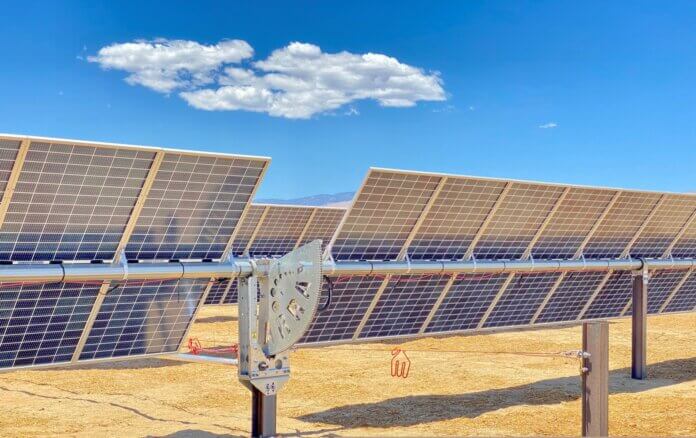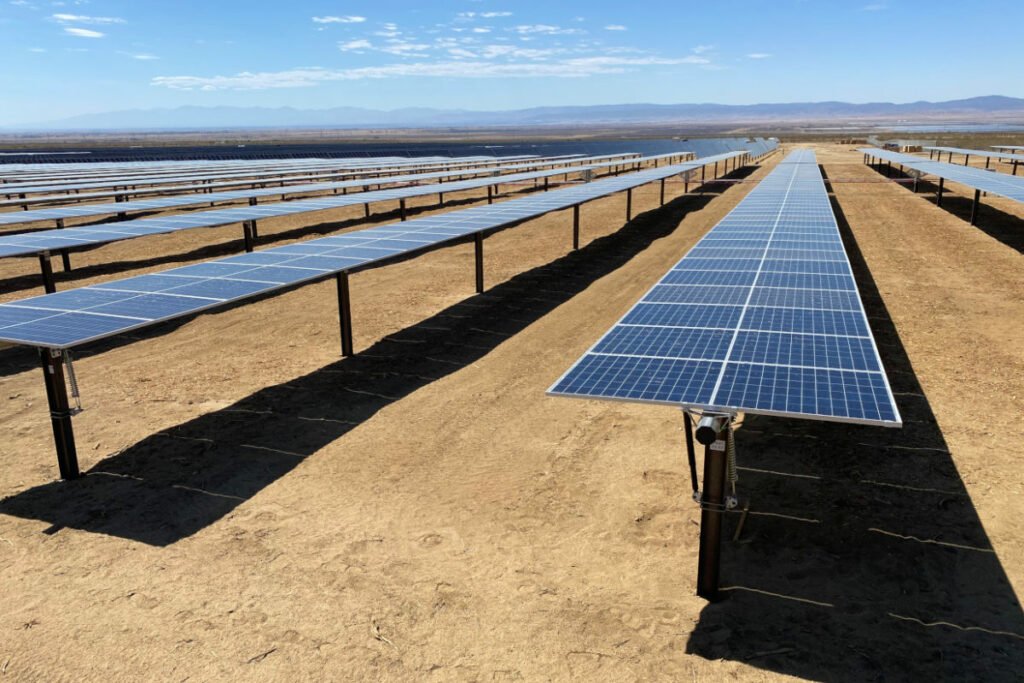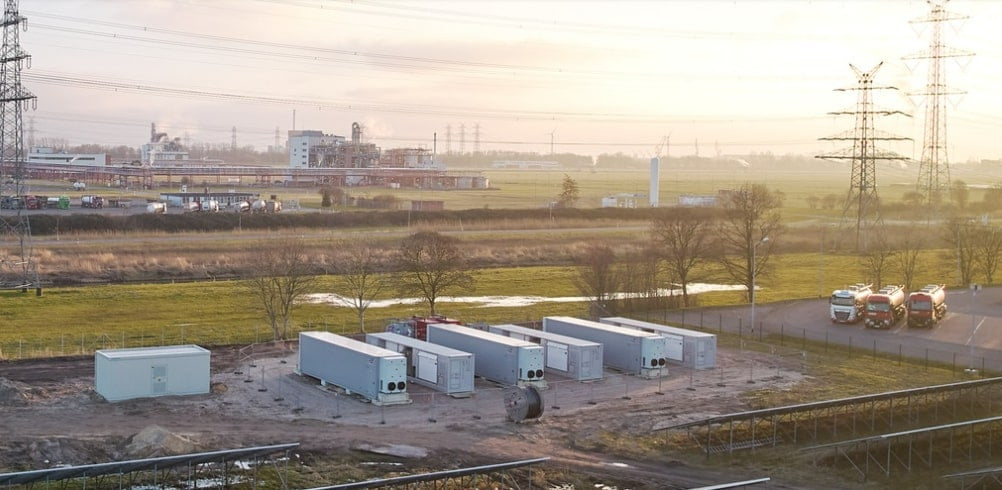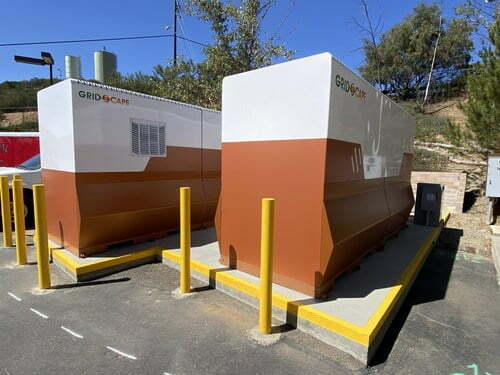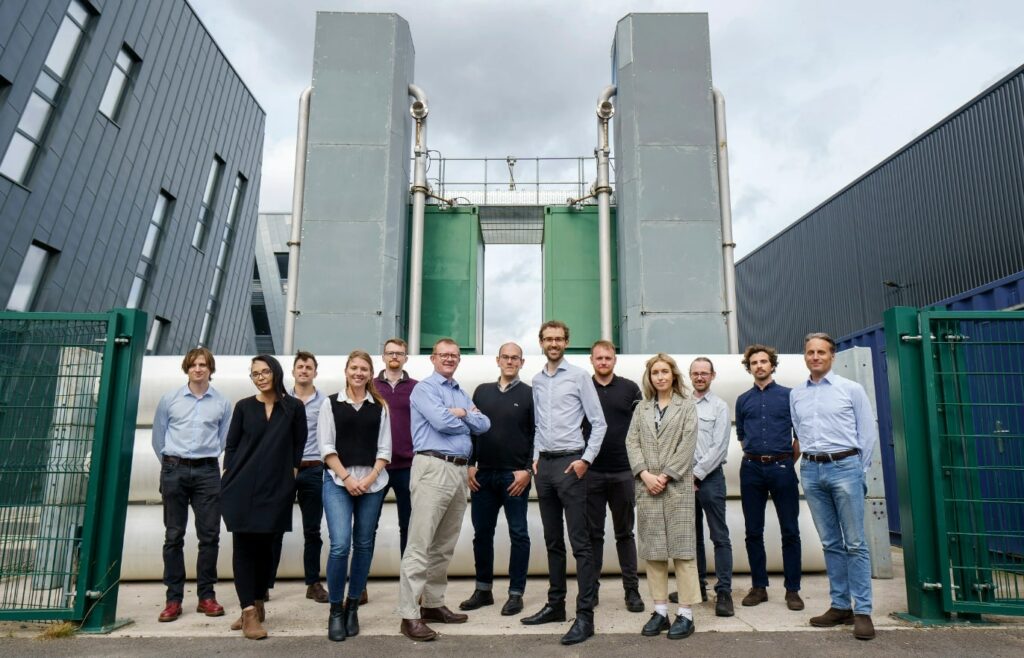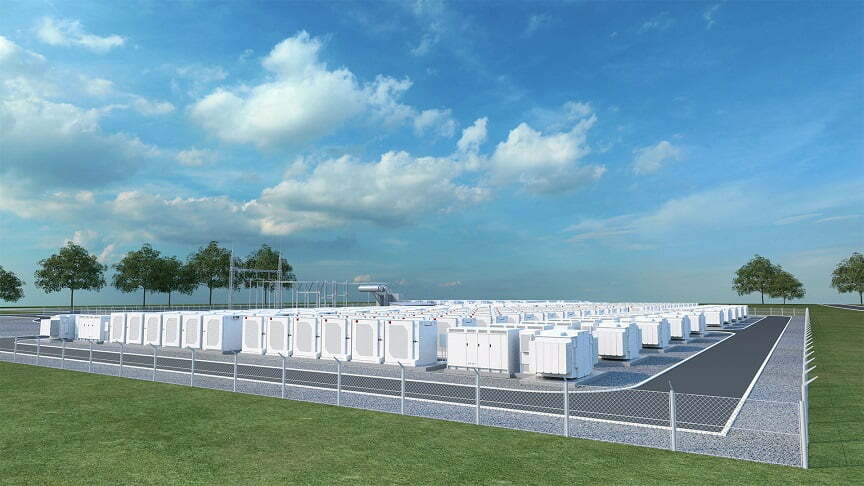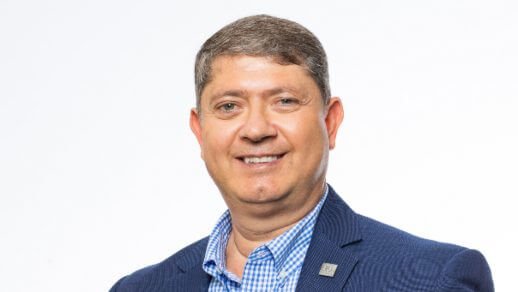Transmission lines in Texas, where ERCOT operates the grid. Image. Loadmaster (David R. Tribble).
Developer Available Power is focusing on the ‘distributed play’ of 9.9MW-or-less battery storage opportunities within the area of grid operator ERCOT in Texas, a senior executive told Energy-Storage.news.
The company was set up in 2020 by ex-Shell executives and has initially focused on the ERCOT market to “get really good in one space”, VP business development Alex Krass said, as well as ensure it gets projects on the ground before the market begins to saturate.
Battery storage projects in the ERCOT interconnection queue have reached the high double-digit gigawatts of capacity since the Inflation Reduction Act was passed. Most projects in the queue will likely not get built and Available Power has two main strategy pillars in place to ensure its projects, which it sells at notice-to-proceed (NTP) stage, see the light of day.
The first is focusing on smaller projects of 9.9MW while the second is bringing in an engineering, procurement and construction (EPC) partner Linxon to deliver on the project after it is sold to a buyer at NTP. The second pillar means it generally looks to sell to traditional financial institutions rather than those with existing EPC relationships.
Speaking to Energy-Storage.news while attending the Energy Storage Summit USA in Austin last month, Krass said the distributed play approach has a few advantages: “One, you can skip a part of the interconnection process with ERCOT (with projects under 10MW) so your time to market is quicker, which is fantastic. Secondly, the data on distribution substations and capacity and locations is harder to come by than for transmission data, so there are fewer eyes on those smaller, distributed scale opportunities.”
On the second pillar, Krass claimed that most developers selling at NTP – otherwise known as a ‘develop and flip’ model – are focusing primarily on getting projects ready to sell and then are “done with it”.
“I think we, on the other hand, have attention to detail around what’s going to be a good project over 20 years. With that, location becomes key, and who you partner with to bring them to COD (commercial operation date) becomes key. And so for us the Linxon relationship is fantastic because they’re really the ones who take the ball once it hits NTP and bring it to COD.”
“We sell the projects at NTP but with the Linxon relationship, we have the contracts, the equipment procured and everything in place, so it’s sort of a turnkey approach to the asset buyer who doesn’t need to bring any of that themselves. They just sign on the dotted line and provide the capital to bring it to fruition. So we’re looking more for the traditional financial capital partners versus someone who might have an EPC relationship or have an equipment relationship.”
“And while we don’t necessarily take an active role post-NTP, we have teed all of that up to bring it to COD, and believe we’re picking the right partners and have the right contracting mechanisms in place to ensure that the assets don’t just stay in the queue and drop out but actually get into operation.”
Available Power has 300MW/600MWh of near-term projects which it expects to reach NTP this year and COD in 2024, comprised of a 100MW/200MWh project near Austin and ten 9.9MW projects (the firm still does larger projects on an ‘opportunistic basis’, Krass said). Its total pipeline is over 1GW.
“Two hour duration is the sweet spot. A lot of the PUCTs (Public Utilities Commission of Texas) regulations coming in are incentivising the 2-hour-plus duration, but going to three or four you really get hammered on the Capex,” Krass added.
The question of whether or when the ERCOT market would saturate was a big talking point at the two-day event in Austin, and Energy-Storage.news will be publishing a more in-depth piece with multiple views on it in the coming weeks.
Continue reading


